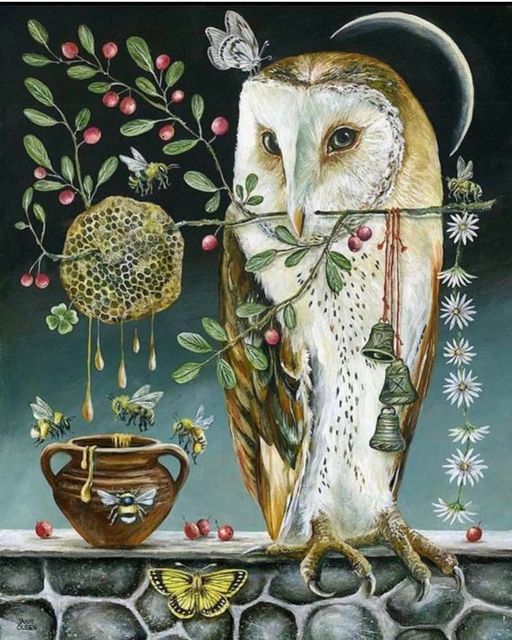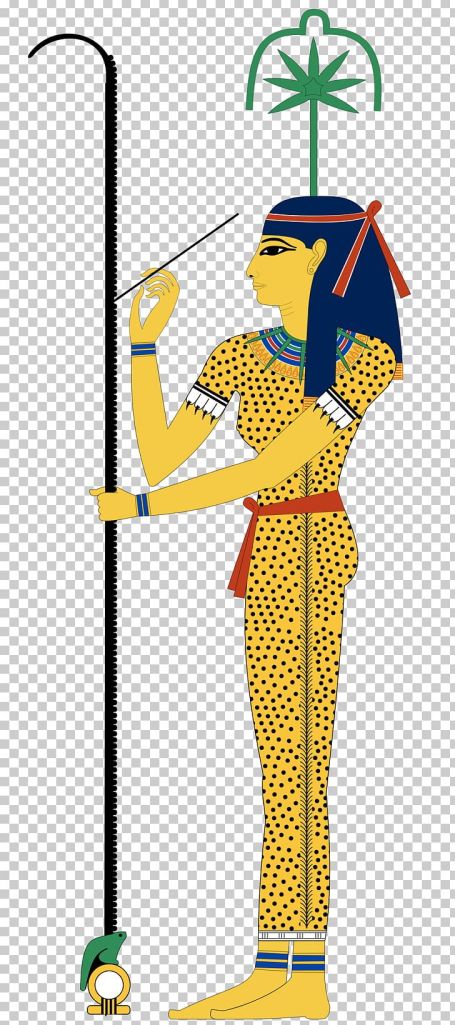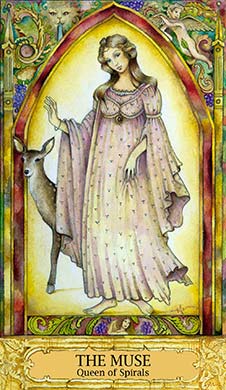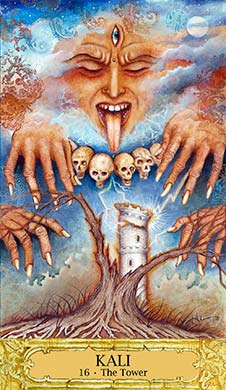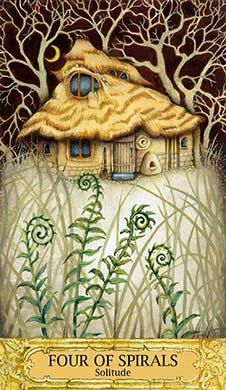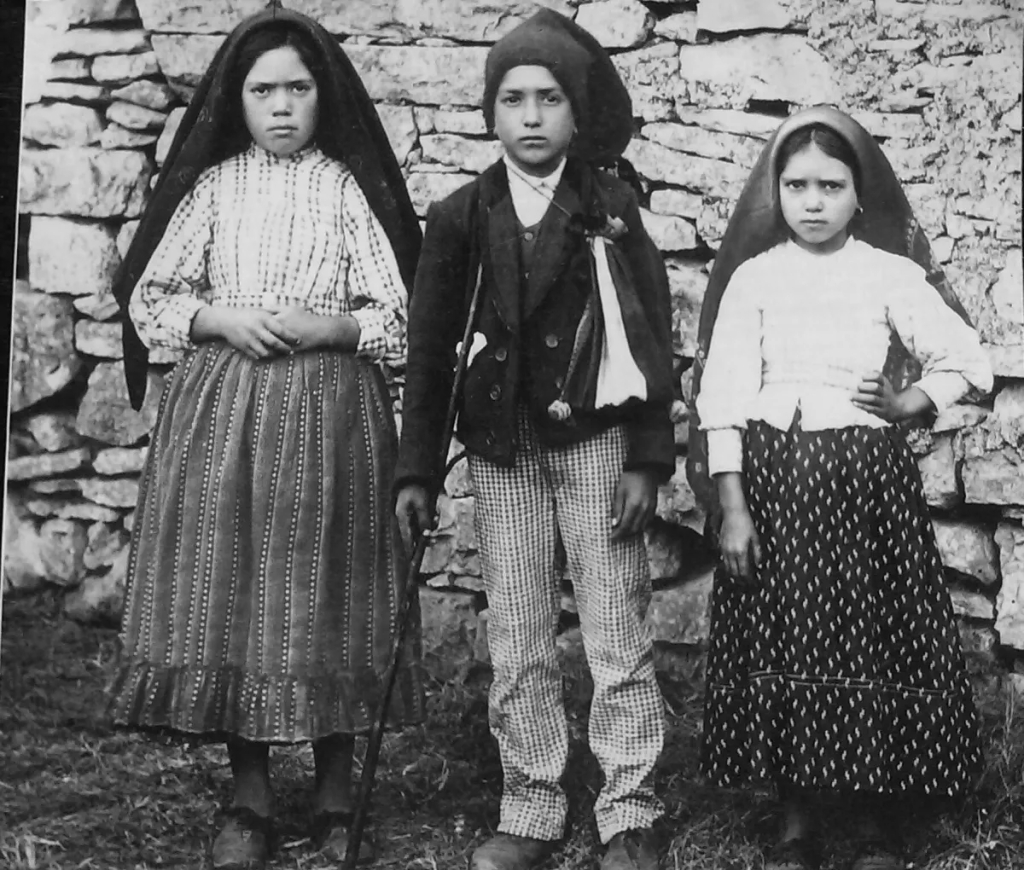
It is vitally important we protect boundaries and personal space, especially in these troubled times.
With that in mind, beginning tomorrow, June 15, a world-wide novena marking the anniversary of Marian apparitions in Medugorje (former Yugoslavia) will begin. There’s nothing to join; everyone is welcome to participate on their own in their own way.
A novena is nine successive days occasioned by prayer, meditation or whatever form of spiritual devotion one chooses, including, perhaps, meditation on the 9 Chrysalis cards I selected for this novena, a custom that dates to Greek, Roman and Celtic civilizations.
I also suggest using chakra balancing background music from one of the many videos available on YouTube. This particular video covers all seven solfeggio frequencies. Click here. Another approach is meditation upon famous art. This is Picasso’s Les Demoiselles d’Avignon (1907) – “The Young Ladies of d’Avignon.” This revolutionary piece marked the birth of modern art. We are living in the culmination of the Age of Fragmentation, as symbolized in Picasso’s cubism.

A biological research team at Bielefeld University has made a groundbreaking discovery showing that plants can draw an alternative source of energy from other plants. This finding could also have a major impact on the future of bioenergy eventually providing the evidence to show that people draw energy from others in much the same way.
Members of Professor Dr. Olaf Kruse’s biological research team confirmed for the first time that a plant, the green alga Chlamydomonas reinhardtii, not only engages in photosynthesis, but also has an alternative source of energy: it can draw it from other plants. The research findings were released [in 2012] in the online journal Nature Communications published by the renowned journal Nature.
Flowers need water and light to grow and people are no different. Our physical bodies are like sponges, soaking up the environment. “This is exactly why there are certain people who feel uncomfortable in specific group settings where there is a mix of energy and emotions,” said psychologist and energy healer Dr. Olivia Bader-Lee.
Plants engage in the photosynthesis of carbon dioxide, water, and light. In a series of experiments, Professor Dr. Olaf Kruse and his team cultivated the microscopically small green alga species Chlamydomonas reinhardtii and observed that when faced with a shortage of energy, these single-cell plants can draw energy from neighboring vegetable cellulose instead. The alga secretes enzymes (so-called cellulose enzymes) that ‘digest’ the cellulose, breaking it down into smaller sugar components.
These are then transported into the cells and transformed into a source of energy: the alga can continue to grow. ‘This is the first time that such a behavior has been confirmed in a vegetable organism’, says Professor Kruse. ‘That algae can digest cellulose contradicts every previous textbook. To a certain extent, what we are seeing is plants eating plants’. Currently, the scientists are studying whether this mechanism can also be found in other types of alga. Preliminary findings indicate that this is the case.
“When energy studies become more advanced in the coming years, we will eventually see this translated to human beings as well,” stated Bader-Lee. “The human organism is very much like a plant, it draws needed energy to feed emotional states and this can essentially energize cells or cause increases in cortisol and catabolize cells depending on the emotional trigger.”
Bader-Lee suggests that the field of bio-energy is now ever evolving and that studies on the plant and animal world will soon translate and demonstrate what energy metaphysicians have known all along — that humans can heal each other simply through energy transfer just as plants do. “Human can absorb and heal through other humans, animals, and any part of nature. That’s why being around nature is often uplifting and energizing for so many people,” she concluded.








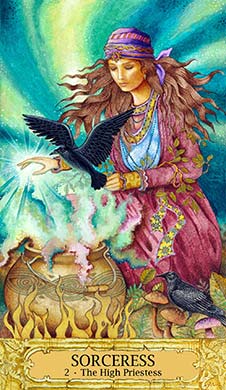
Here are three energy tools to use to clear your space and prevent energy drains while releasing people’s energy:
Stay centered and grounded. If you are centered within your spiritual self, you will sense right away when something has moved into your space.
Be in a state of non-resistance. If you feel uncomfortable around a certain person or in a group, don’t go into resistance as a way to protect yourself as this will only keep foreign energy stuck in your space. Move into a state of non-resistance by imagining that your body is clear and translucent like clear glass or water.
Own your personal aura space. We each have an energetic aura surrounding our body. If we don’t own this personal space we are vulnerable to foreign energy entering it. Become aware of your aura boundaries (about an arms length away from your body all the way around, above and below) as a way to own your personal space.
Article by spiritual counselor Michael Forrester




